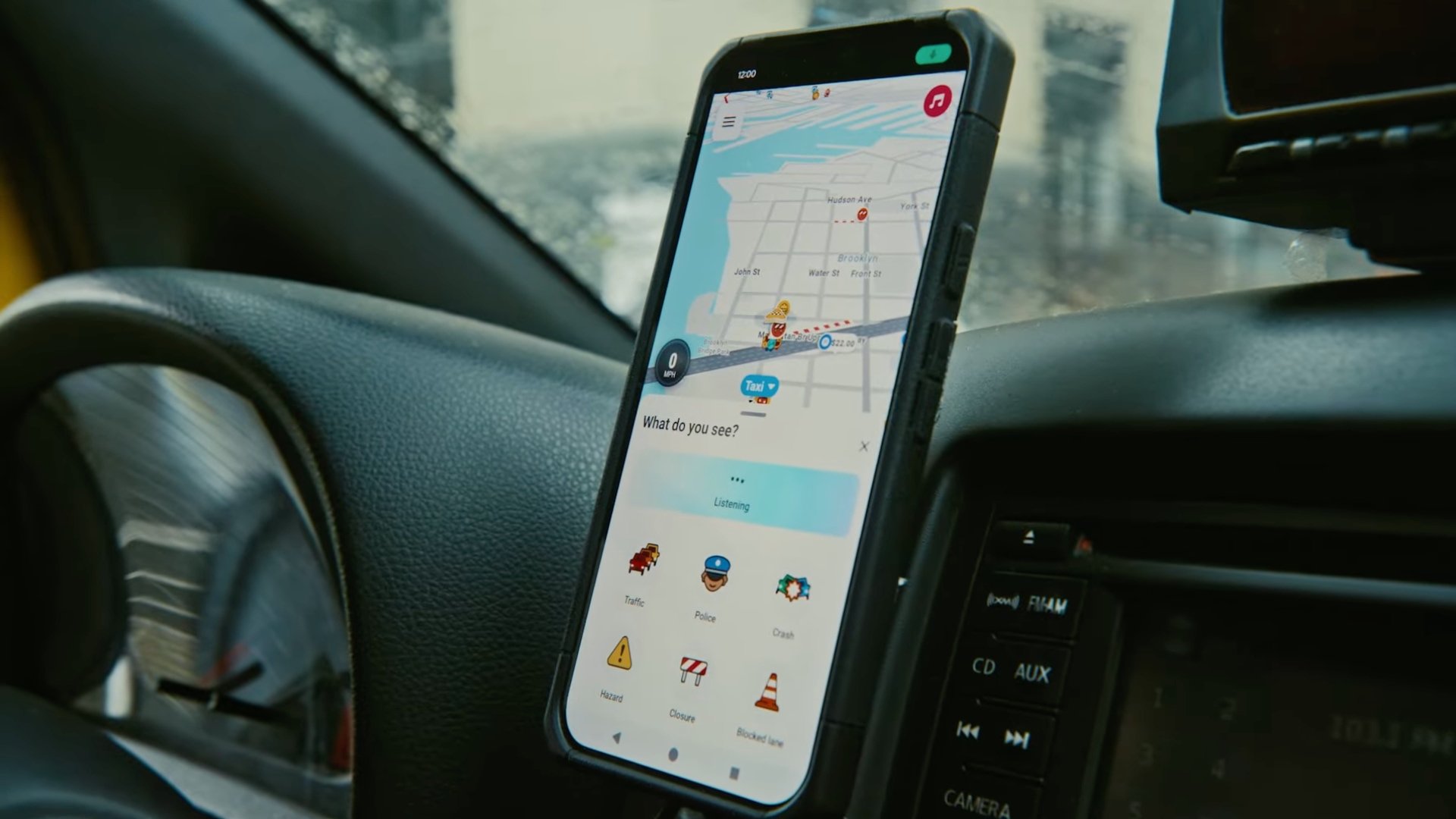Mission Complete. This weekend, after nearly 10 days of exploring the south pole of the moon, the Indian space agency decided to stop its space rover. Pragian, as the rover has been named, is now safely parked in hover mode on the surface of the moon.
“The rover completed its tasks”, The Indian Space Research Organization (ISRO) reported late Saturday night. The vehicle, the agency explained, has a fully charged battery and is transmitting a signal to Earth.
The idea is that they can wake him up later for new missions. “Otherwise he will stay there forever as the lunar ambassador of India,” ISRO tweeted (now X).
India is the fourth country in the world to successfully land on the moon. Previously, only the United States, Russia and China have been able to do this. In addition, with this unmanned mission, he became the first to reach the South Pole of the Moon. Russia almost took the title from him, but his ship was wrecked a few days before the Indian landings.
Pragyan went on a trip over 100 meters. He was able to confirm the presence of sulfur, iron, oxygen and other elements in this region of the moon. ISRO did not say if they found any clues about frozen water, one of the major problems that has been encouraging exploration of the moon’s south pole by various special agencies. The mission, however, clarified that it does not have tools that can directly confirm the existence of these reserves.
Farewell jump to the south pole of the moon
In addition to Pragyan, the descent vehicle of the Chandrayan-3 mission is also on the surface of the Moon. As a last task, the ship completed successful takeoff trainingThis was reported this Monday by ISRO.
Thanks to commands from the ground, the craft fired up its engines, climbed about 40 cm, and landed safely at a distance of just over 30 cm. A small jump that allowed India to test its technology to later plan missions that could return to Earth.
“This ‘momentum’ is encouraging future sample returns and manned missions!” ISRO tweeted along with a short video showing the maneuver time. The agency explained that the module will “fall asleep” next to Pragyan as soon as the solar energy and the battery run out.
Mission ends shortly before arrival night on this side of the moon lasting up to 14 Earth days. There is a last hope that both the module and the rover will be able to wake up on September 22, when daylight returns. However, the darkness is very cold and can damage the mission’s electronic components.
The temperature can drop down to -120°C. “Creating circuits and electronic components that can survive the cold of the moon is a technology that does not exist in India,” explained Pallava Bagla, a science writer and co-author of books on space exploration in India.
Next Destination: The Sun
The whole world watched with delight the mission of India, which confirms its status as another space power. NASA, the US space agency, was one of the first to congratulate them on this achievement. As soon as the exploration of the south pole of the moon was completed, India launched its first solar exploration mission.
The Aditya-L1 spacecraft launched aboard a launch vehicle from the Sriharikota launch site in southern India. The goal is to send the satellite to a point known as L1: it is located at a distance of 1.5 million kilometers from the Earth and allows you to freely see the Sun.
ISRO explained that the spacecraft is equipped with seven payloads to study the corona, chromosphere, photosphere and solar wind. “The ship brought the satellite exactly into the intended orbit”, the Indian agency confirmed on Saturday. It is planned that the device will take 125 days to reach the L1 point.
The satellite will provide reliable particle and radiation alerts from intense solar activity. This phenomenon could potentially destroy power grids or communications on Earth, said BR Guruprasad, a space scientist, in a newspaper article. Times of India quotes Pennsylvania.
The satellite’s seven payloads will make it possible to study the Sun from all possible positions in the visible spectrum, explained Manish Purohit, a former ISRO scientist. “It’s like we have a black and white image, a color image and a high definition image, a 4K image, so we don’t miss anything that happens in the Sun,” Purohit added.
Source: Hiper Textual











